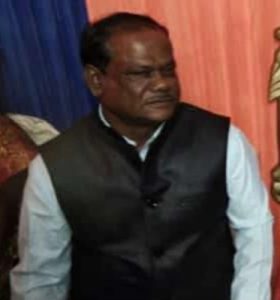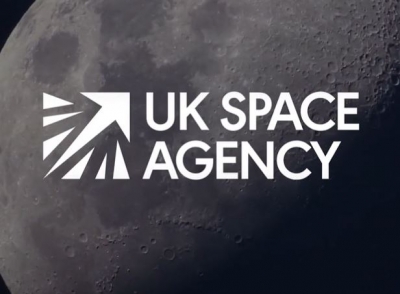 Kolkata, Feb 18 (IANS) Chandan Mondal aka Ranjan, the third middleman arrested in connection with the multi-crore teachers’ recruitment scam in West Bengal on Friday, has reportedly given to CBI sleuths a break-up of rates fixed for giving appointments as teachers of different grades in state-run schools.
Kolkata, Feb 18 (IANS) Chandan Mondal aka Ranjan, the third middleman arrested in connection with the multi-crore teachers’ recruitment scam in West Bengal on Friday, has reportedly given to CBI sleuths a break-up of rates fixed for giving appointments as teachers of different grades in state-run schools.
Sources said that the rates varied between Rs 5,00,000 and went up to the level ranging from Rs 25 lakh to Rs 30 lakh. The lowest range for the payments started with the primary level and gradually progressed in the next three levels of upper primary, secondary and higher secondary.
Explaining the rationale for the different rates for different levels of teachers, a headmaster of a state-run school in West Bengal told IANS on condition of anonymity that since the scale-pay for these four levels are higher according to higher levels, naturally the under-the-table rates for appointments for different levels also vary.
“A primary teacher in a state-run school at the entry level gets somewhat between Rs 26,000 to Rs 27,000 a month, which goes to the bracket of Rs 33,000 to Rs 34,000 in the upper primary level, Rs 37,000 to Rs 38,000 in the secondary level and finally to Rs 42,000 to Rs 43,000 in the higher secondary level. This is the entry-level pay I am speaking of,” he said.
“Now in case of increment, there is a fixed annual increment of three per cent for all the four levels. But naturally the levels drawing high pay-scale will attract more in hand as incremental sum than the levels in lower pay-scales. This makes the higher secondary level naturally more attractive than the other three levels. Rest is up to your understanding and conclusion,” he added.
“Similarly, Mondal admitted that there are different rates for appointments as non-teaching staff in Group C and Group D categories. However, he has claimed ignorance about the rates prevailing in the non-teaching category since he used to deal mainly with illegal appointments in the teaching category,” a CBI source said.
–IANS
src/uk/










